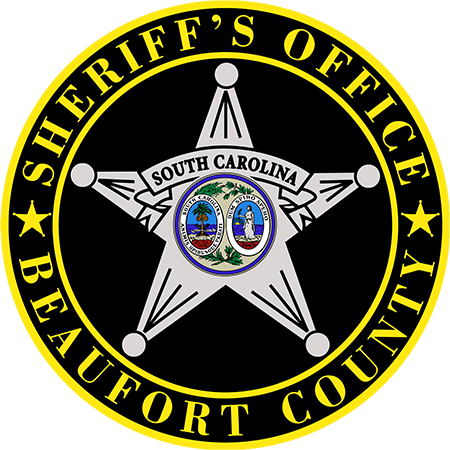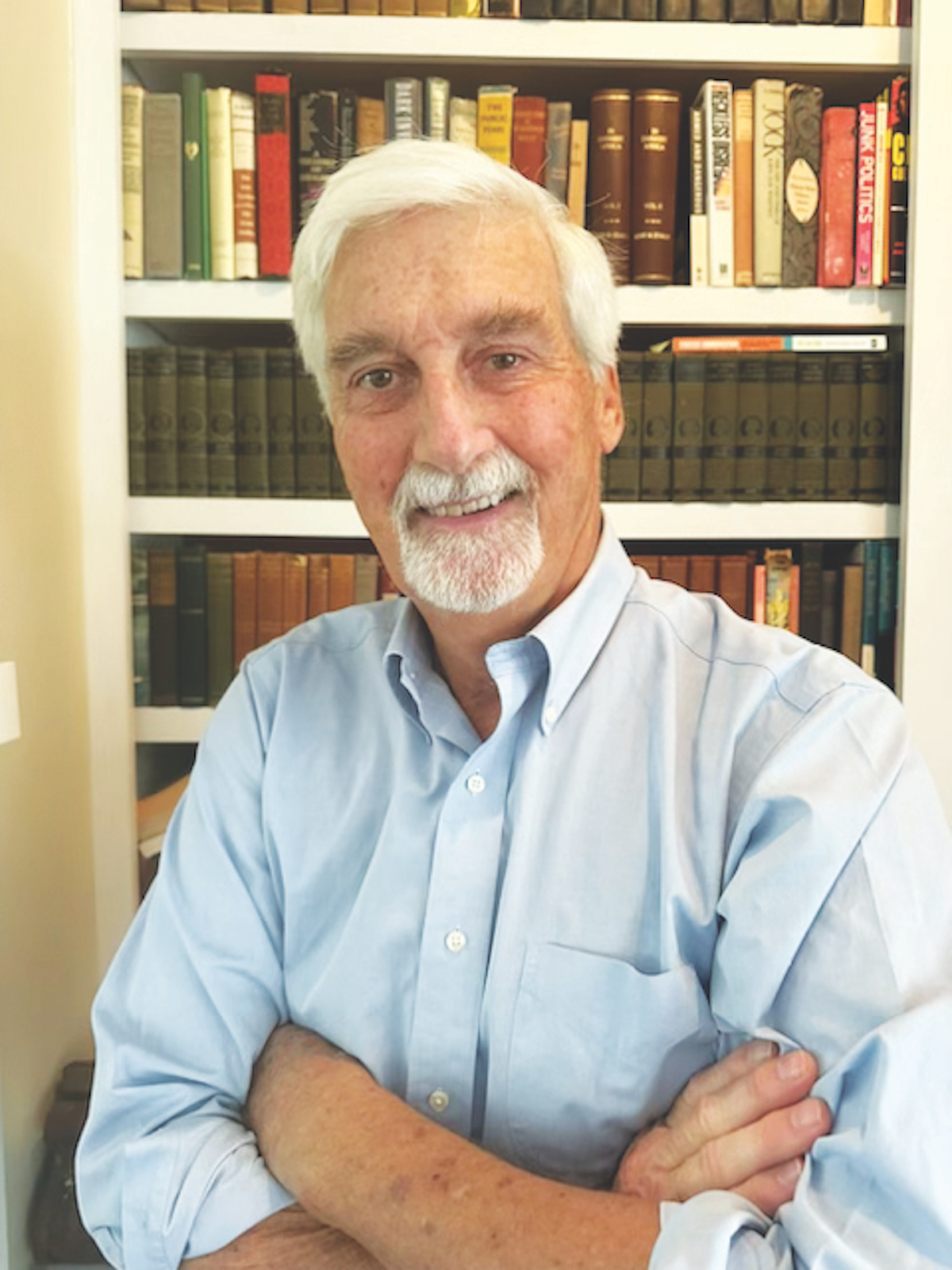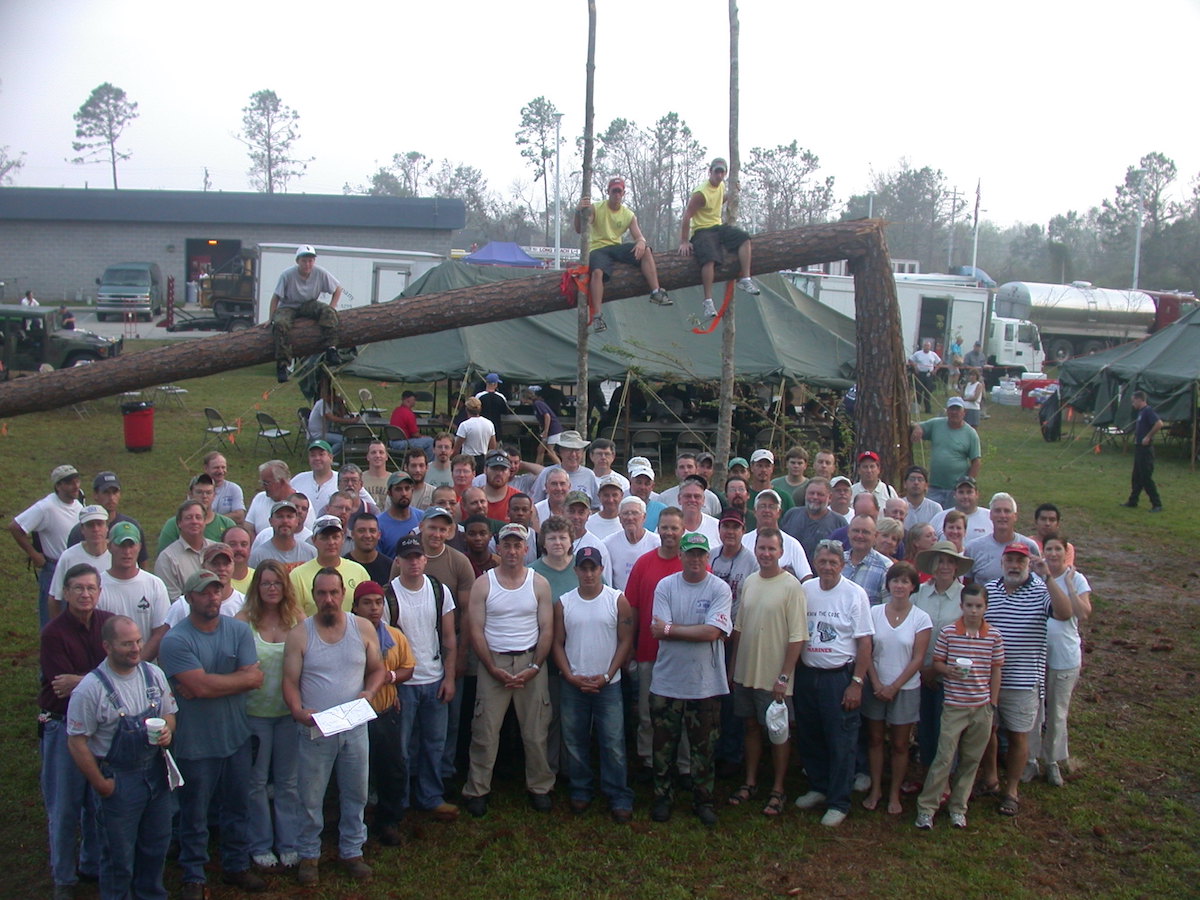By Bill Rauch
The fiasco that occurred at Beaufort’s February 14 Historic District Review Board (HDRB) meeting where the unnecessary demolition of two contributing cottages in the heart of the city’s historic district were green-lighted should be a wake-up call for City Council.
With historic district lightning-rod mayors Billy Keyserling and Stephen Murray now having departed the scene, a less adversarial relationship can and should be restored between the city and one of its most important traditional partners, the Historic Beaufort Foundation (HBF).
Such a change shows promise. Mayor pro tem Mike McFee told me last week, “The city council as it is currently comprised wants to get on a better footing with HBF.”
And when I repeated that comment to HBF Executive Director Cynthia Jenkins, she said, “We would welcome that.”

When the two groups have repaired their rift, here are some steps Council should take to begin to repair some of the damage done over the past decade, and to avoid more fiascos like the one that occurred on February 14.
HBF maintains a revolving fund that has been used to buy, restore, place historic preservation easements upon, and then sell contributing buildings that are at risk of fatal deterioration. “Contributing buildings” are buildings that have been determined by the State Historic Preservation Officer and the United States Department of the Interior to be structures whose architecture contributes to the character of the historic district. In recent years HBF’s revolving fund, with assets of about $350,000, hasn’t been as active as it might have been, mostly because the fund’s limited means puts many projects beyond the fund’s ability to pay.
The city should form a working group to work with HBF identifying qualifying buildings, opening dialogues with owners, seeking grants, and providing matching funds to expand the revolving fund’s reach.
The working group should at the same time work closely with Marilyn Harris at the Beaufort Black Chamber of Commerce to seek, receive and administer grants to assist in the essential maintenance of owner-occupied buildings in the historic district.
The recently released National Park Service’s “Condition and Integrity Study for the Beaufort National Landmark Historic District” notes in its Appendix D that the city has on its books a demolition by neglect ordinance. To my knowledge it has never been used. When all other good faith efforts by the working group have failed, the city should enforce its demolition by neglect ordinance. It is with steps like these that the character of historic districts is preserved.
Working with these outside groups will no doubt take some effort, and some diplomacy. But preserving the now-fraying fabric of the Beaufort’s unique historic district, one of the city’s core economic drivers, is worth the government’s effort.
The Condition and Integrity Study recommended continuing education for the HDRB’s members and the city staff who work with them. Continuing education is always a good idea, and the wacky, off-the-mark, seat-of-the-pants discussion that preceded the HDRB’s February 14 demolition considerations is a stark indicator that now’s not too soon for mandatory educational briefings that bring that important board’s members and the staffers who work with them up to speed.
Finally, readers may recall the dramatic and divisive events that surrounded Council’s decision last September to remove from the city’s ordinance that proscribes the qualifications of HDRB members, the member who was nominated by HBF. That amendment passed 3-2 with both McFee and Councilman Josh Scallate joining then-Mayor Stephen Murray in passing the measure. Under Robert’s Rules, either McFee or Scallate, who voted on the prevailing side, can at any regularly scheduled meeting bring forward a motion to reconsider the September vote. Mayor Phil Cromer said during his campaign that if he were elected, he would not make such a motion, but if such a motion were made, he would vote in the affirmative.
Unless either Councilman Lipsitz or Councilman Mitchell have changed their minds, it sure looks like the votes are there. It’s time to restore to the HDRB a member who is nominated by HBF. With two members’ terms up at the end of this June, making that change can be accomplished gracefully and in a timely fashion.
Restoring HBF’s nomination will not only send a clear signal of reconciliation, it will restore the composition of the Historic District Review Board to the profile that served it well from its inception in 1973 until last September.
It’s time to talk peace.
Bill Rauch was the Mayor of Beaufort from 1999 to 2008 and has twice won awards from the S.C. Press Association for his Island News columns. He can be reached at The RauchReport@gmail.com.









